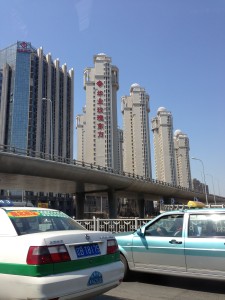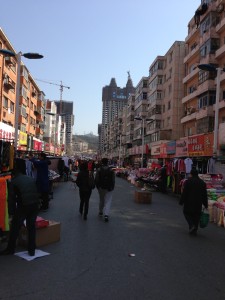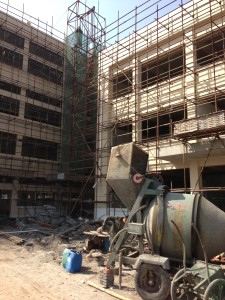In our last blog post we talked about China’s growing middle class, and the hurried pace of  new construction to keep up with the influx of people and automobiles in Chinese cities. This unbridled growth paints a familiar picture, both to America in the early part of the 20th century, and to Japan decades later in the 60s, 70s and early 80s.
new construction to keep up with the influx of people and automobiles in Chinese cities. This unbridled growth paints a familiar picture, both to America in the early part of the 20th century, and to Japan decades later in the 60s, 70s and early 80s.
Anyone familiar with the American Industrial Revolution knows that growth happened first, and only later did regulations governing quality, safety and both general and industrial pollution come into effect. Japan too, experienced a similar era of growing pains. After World War II, there was a need throughout the country to rebuild. New residential and commercial buildings needed to be erected, and generations of people needed employment. In a short period of time,  Japan began rebuilding their infrastructure, and strengthening their manufacturing base with new machines and new workers.
Japan began rebuilding their infrastructure, and strengthening their manufacturing base with new machines and new workers.
At first, the large majority of Japanese manufacturing output was relegated to small plastic products. These products gained a reputation for both their cheap cost, and their cheap construction. Soon, Japanese manufacturers moved on to products like automobiles and motorcycles. These too entered the global marketplace at very low prices, and were characterized by consistent quality issues. The low prices on Japanese goods were due in large part to the low wages paid to Japanese workers.
But then a change came. Even with their quality issues, Japanese automobiles and bicycles proved to be major competition for American and European built products as a result of their low prices. As sales strengthened, Japanese manufacturers were able to gradually improve quality. At the same time, wages began to improve for Japanese workers, and the prices of made in Japan products began to increase. But with a laser focus on efficiency,  Japanese manufacturers were able to keep prices competitive even as the standard of living increased throughout the country. Things progressed to such a point that Japanese products became and are still known for their high quality.
Japanese manufacturers were able to keep prices competitive even as the standard of living increased throughout the country. Things progressed to such a point that Japanese products became and are still known for their high quality.
Des predicts a similar metamorphosis for China. At most of the facilities he visited, he found that hourly wages had nearly doubled in recent years, and that salaried employees had likewise seen substantial increases in pay. At the same time, Chinese made products have increased greatly in quality, which is what makes so many Chinese manufacturers trusted partners for Deeco Metals.
